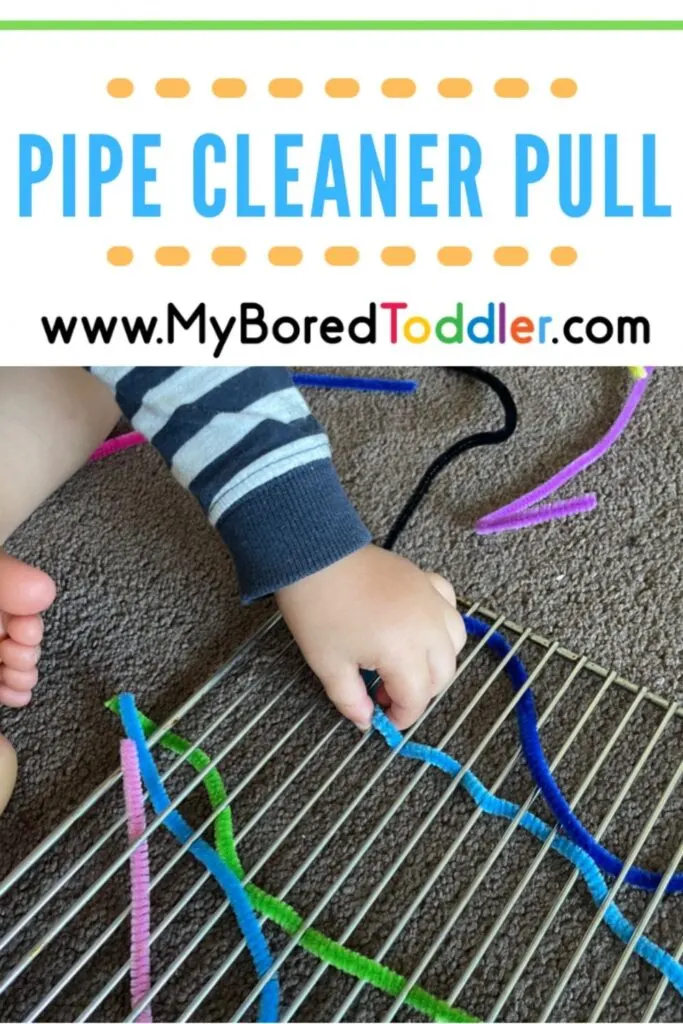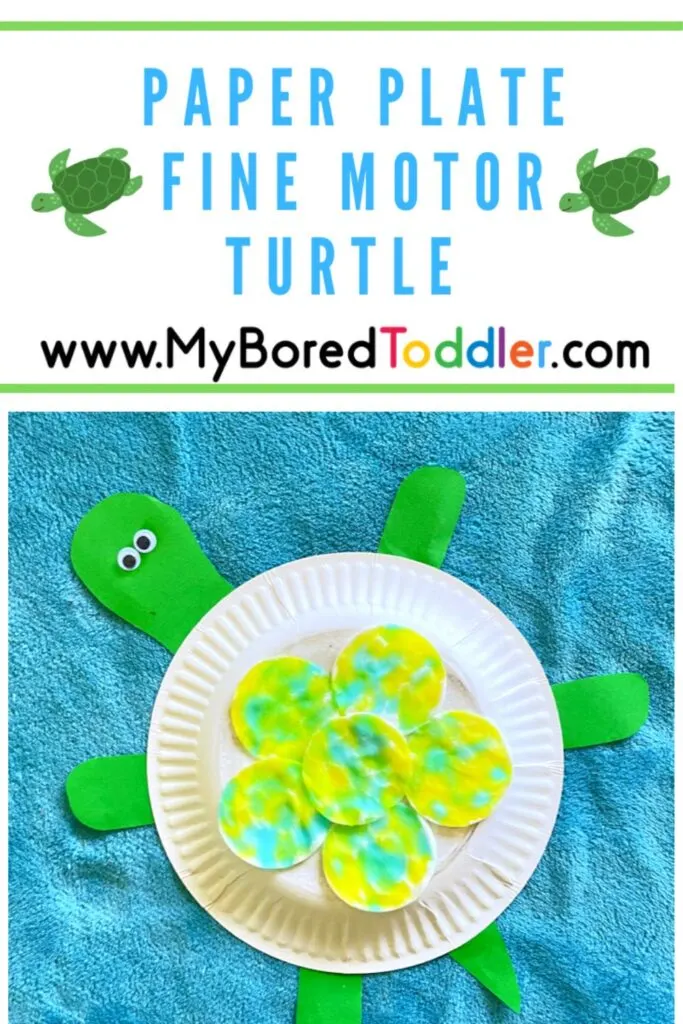Kids love bubbles, and there is no doubt that these fun pipe-cleaner bubble wands make bubble play even more exciting! Playing with bubbles is such a fun summer toddler activity idea.
From watching the bubble form, watching them float with a rainbow sheen across their surface, to the little pop as they burst, bubbles are lots of fun.
This simple DIY can be used to fill in half an hour before school pick-up or even as a birthday party activity station.
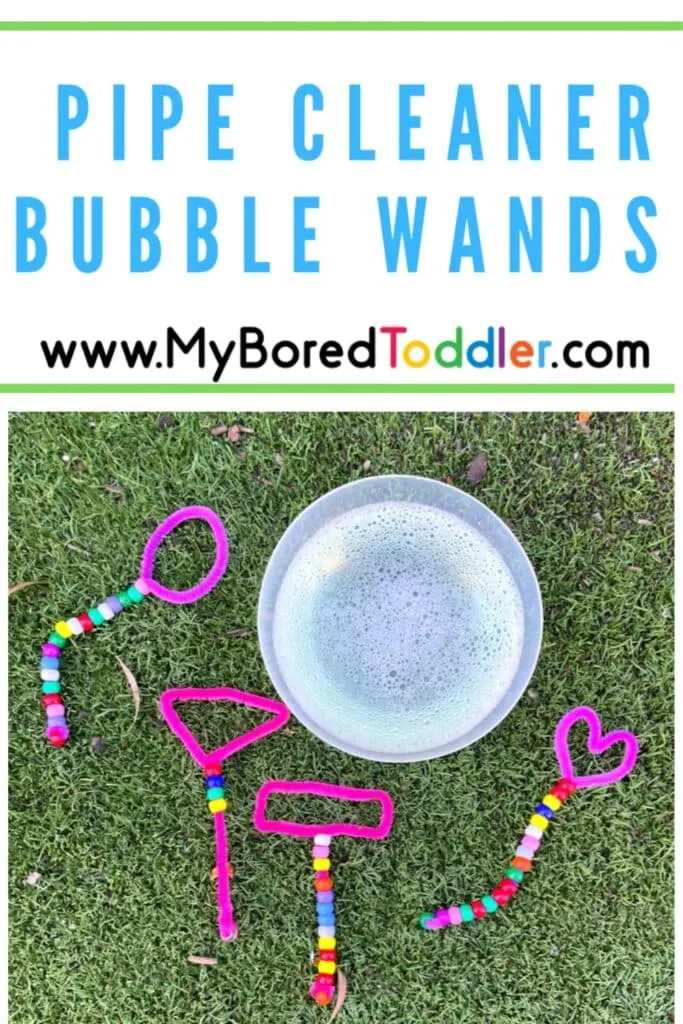

Pipe Cleaner Bubble Wands
Threading beads is a fantastic way for your toddler to develop and refine many skills.
Children entering kindergarten with inadequate fine motor skills to perform tasks such as writing and scissors.
Encouraging your toddler to use their fingers during play in their early years will allow them to strengthen the muscles in their hands, offering an excellent foundation for many vital skills.
Threading the beads onto the pipe cleaners encourages a range of skills including fine motor skills, hand-eye coordination, and bilateral coordination.
Not only is your toddler creating a beautiful collection of bubble wands to play with, but they will also be setting themselves up for more success when it comes time to complete tasks such as handwriting, doing up buttons, and tying their shoelaces in years to come.

What you need to make pipe-cleaner bubble wands:
Here in Australia, when referring to pipe cleaners for crafts, we refer to colourful fluffy lengths of fine wire. They are also known in other parts of the world as chenille sticks or stems.
We used plastic beads in this instance as they will be getting wet in the bubble mix. Wooden beads can also be used however ensure they are adequately dried before storing and aren’t left wet for too long.
How to make pipe cleaner bubble wands:
Incidental learning is a fantastic way to expose your child to other areas of learning. While making our bubble wands, we also spoke about different shapes.
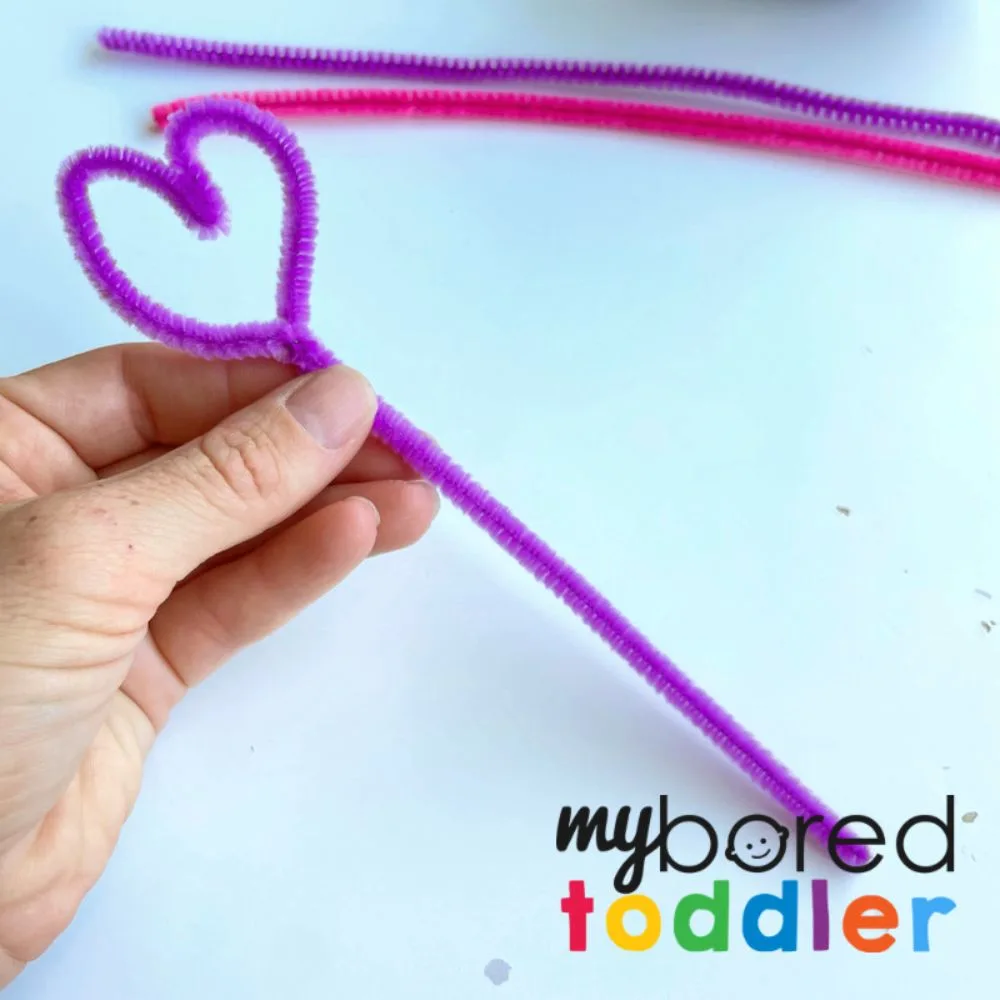
To begin our bubble wands, we twisted a shape into one end of the pipe cleaner.
Not only does this give us the form for the bubble to be made, but it is also a great way to expose your child to different shapes and their features and give them a chance to make some predictions and little science experiments.
Once the shape has been formed, it is time to start threading the beads.

Position the beads on the table opposite your child’s dominant hand. Place the beads on their left side if your child is right-handed. If they are left-handed, position the bowl to their right side.
This will encourage them to reach their dominant hand across their midline to reach the beads. This is an important skill called crossing the midline. Hello, more incidental learning!
Thread the beads onto the handle of the bubble wand, leaving roughly 2cm or 1 inch of the end bare. Beads can be threaded freely, or for older toddlers, why not encourage them to design a pattern of colours to add to the challenge?
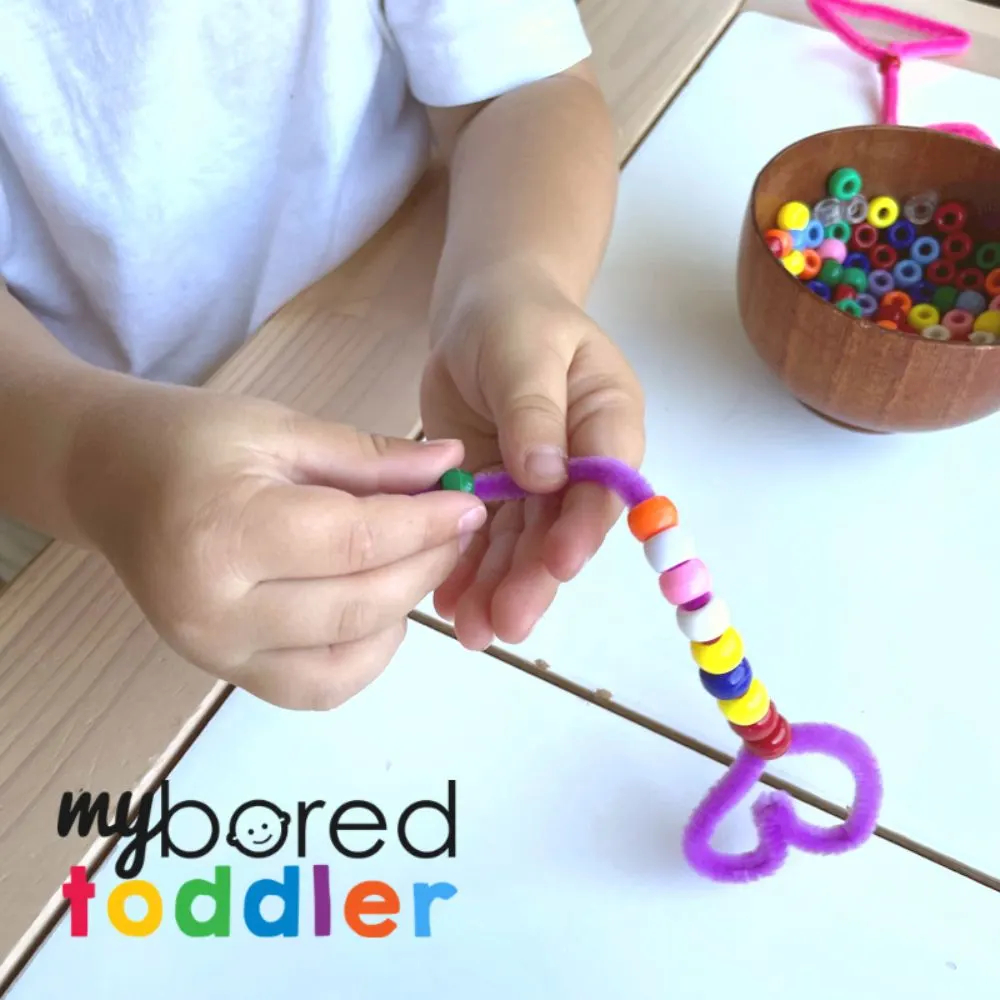
You need to make a little stopper to prevent the beads from falling off the pipe cleaner once threaded.
There are a couple of ways to achieve this. You can tie a little knot in one end of the pipe cleaner so the bead cannot pass or secure a bead in place by twisting the pipe cleaner around the last bead threaded.
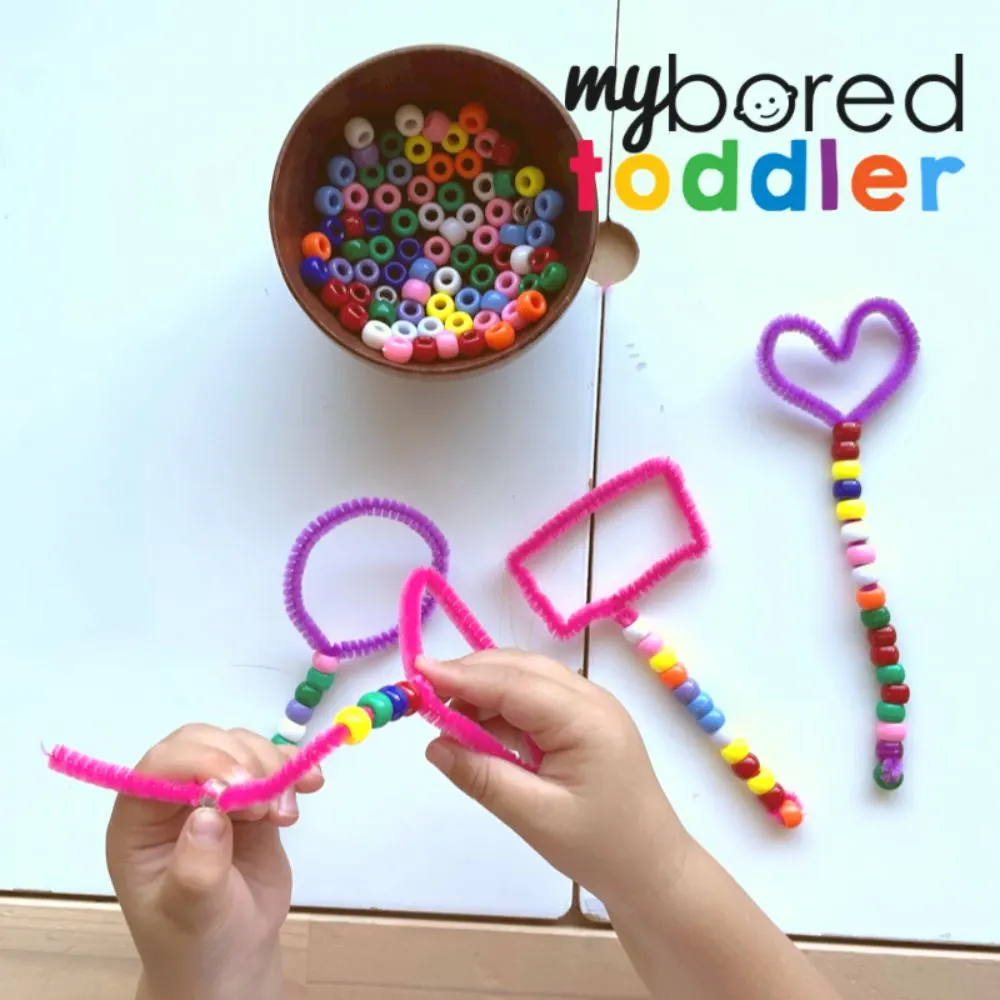
The pipe cleaner bubble wands are ready for play with the stopper in place! Simply dip the shape into the bubble mixture and blow to create a wave of shimmery bubbles!
Experiment with different amounts of force and the impact on the bubbles. Do different shapes yield
different bubbles? Does one shape have more success at making bubbles than others?
Pipecleaner bubble wands are simple to make and are lots of fun. Along with their incidental learning opportunities, they are a great activity to fill some time on a sunny afternoon. So which shape will your toddler make first?
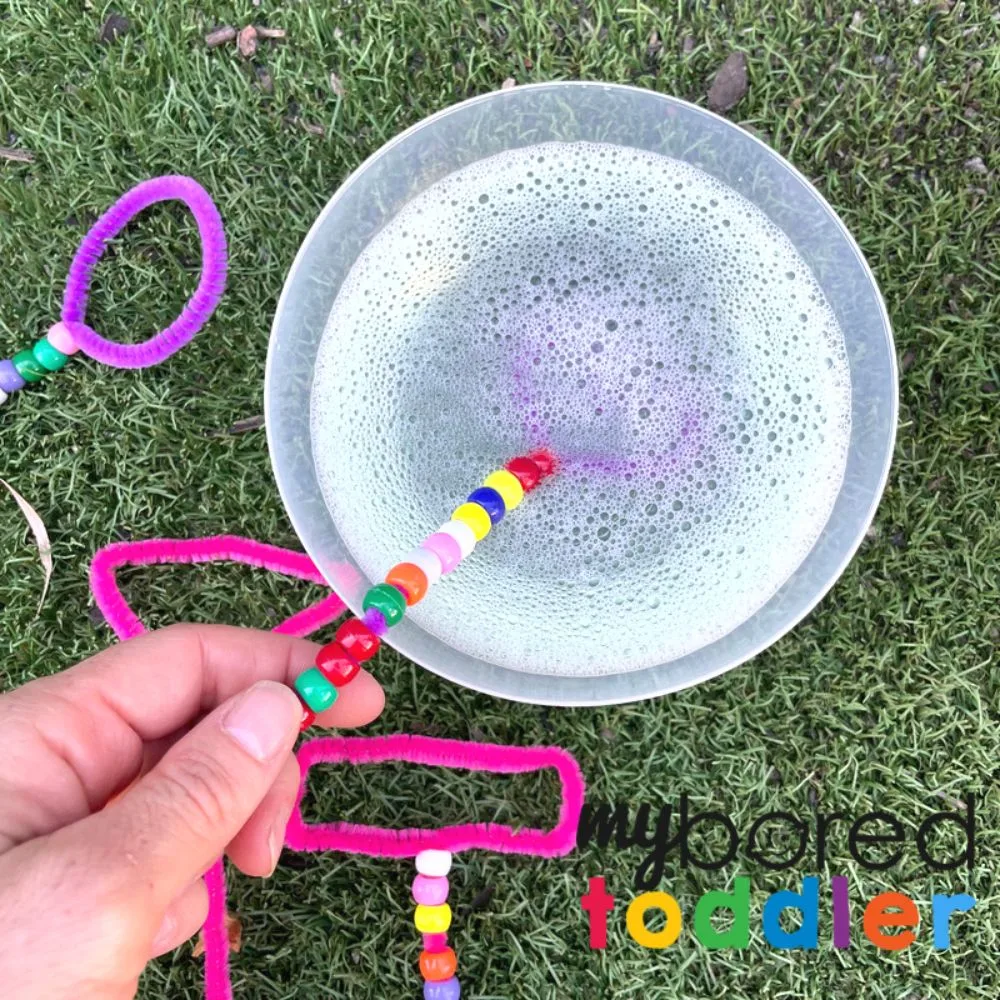
For more fun toddler activity ideas, why not join our Facebook Group or follow us on Instagram – follow @myboredtoddler and use #myboredtoddler.
Follow us for more toddler activity ideas
SOME MORE FUN TODDLER ACTIVITY IDEAS YOU MIGHT ENJOY ARE:
Pipe Cleaner Pull
Paper Plate Turtle Craft
About the Author
Dani is a busy stay-at-home Mum of 3 and an early childhood teacher in training who is passionate about play-based learning throughout early childhood. For educational play ideas that you can do at home and parenting tips visit Play Inspired Mum Check her out on Instagram andFacebook




